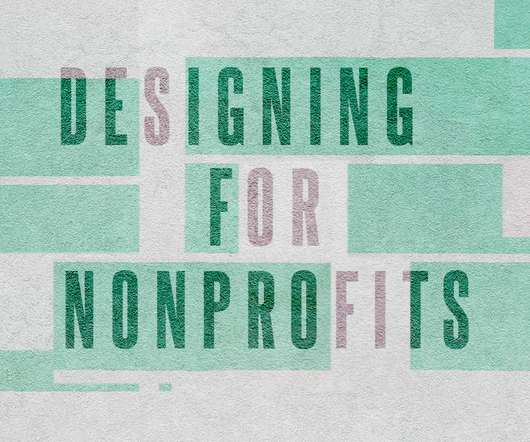Designing for Nonprofits: Our Commentary + Experience
Media Cause
AUGUST 9, 2021
The people who are part of a specific community are the experts in that field, and they should be part of the creative process, not just used to “run ideas by,” or as focus groups when we conduct user-testing. The idea of including stakeholders in the process is often referred to as co-designing, or participatory design.


















Let's personalize your content